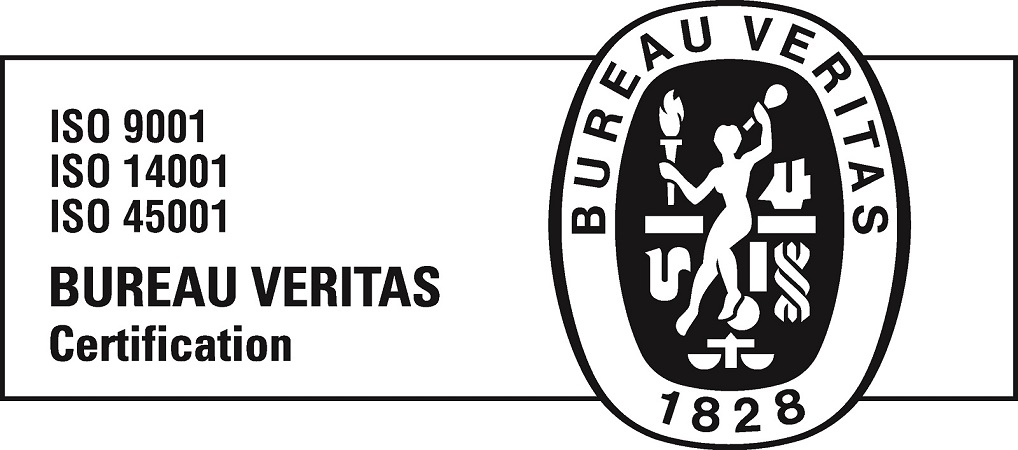




© 2023 RDS. All rights reserved. Designed and developed by delefant
Photovoltaic solar energy is the direct conversion of solar radiation into electricity. To carry out this transformation, photovoltaic panels are used, in which solar radiation excites the electrons of a semiconductor device and generates a small potential difference. By connecting these devices, larger potential differences can be achieved.
These panels were used to supply electricity to geostationary communication satellites, but now they are a renewable power generation technology.
One of the biggest advantages of this technology is its modular structure, This means that it is possible to build large-scale ground-mounted photovoltaic plants as well as small-scale rooftop panels
Solar energy is one of the cheapest and easiest renewable energy sources to produce. The repeal of the sun tax and the reduction in installation costs have made it a real alternative and accessible for citizens.
Even so, there are still many doubts and speculations about this type of energy.
At RDS Group, we debunk these myths and share them with you.
This is perhaps the most frequently heard and, at the same time, the most erroneous myth.
Currently, the production of photovoltaic solar energy is positioned as the cheapest energy source compared to coal or natural gas. This is due to the fall in the price of photovoltaic modules, which have decreased in price by 94% over the last ten years.
More than two thirds of the world’s population live in countries where solar and wind energy are already the most competitive energy sources. Although when the environmental and social costs of energy sources are taken into account, renewables are the most competitive energy sources in the world.
Solar power plant installations are often located on land that was not previously in use. Desert environments are an example of such land.
At present, there is no known conflict of interest with the agricultural sector, but it has become an ally of farms, as it allows facilities related to water pumping and automation of irrigation systems. In addition, livestock species are sometimes used to maintain the grounds of the facilities in a natural way.
At present, there are no reports from public or private organizations indicating that the development of solar energy is leading to increased deforestation. Instead, these solar power plants are often installed in arid environments with little or no vegetation.
In most cases, deforestation is closely linked to the overexploitation of vegetation areas or the unsustainable expansion of farmland. Solar power plants, on the other hand, are built in areas affected by drought and thus contribute to slowing down the effects of climate change.
The latest generation of photovoltaic panels is increasingly efficient, as the time required for a panel to generate the energy used for its production is estimated to be around two years. In addition, their useful life is more than 30 years, during which time they will use the sun as their only fuel to produce energy.
Its manufacture does not involve an excessively polluting process, as it does not require higher protection and safety measures than a conventional industrial process. In addition, the main components of a photovoltaic panel are aluminum, glass, silicon and copper.
When the panels’ lifetime is over, their components are not classified as hazardous waste and can be reused at a rate of up to 95%. This ensures the sustainable use of the raw materials used and reduces the volume of waste.
It is true that solar panels are most efficient and productive when they absorb direct light on sunny days, but they can also remain productive on cloudy days and even at night.
Photovoltaic solar panels are able to use indirect light to generate electricity, so the performance varies, but does not disappear
Advances in storage technologies and falling costs have made it possible to combine them with intermittent renewables. In other words, they have the ability to store energy when there is sun and wind, even if there is no demand, and to supply it when it is needed at night or when there is no wind.
In addition, it is an energy source that is compatible with other renewable technologies, so it can be adapted to each moment and environment, for greater efficiency.